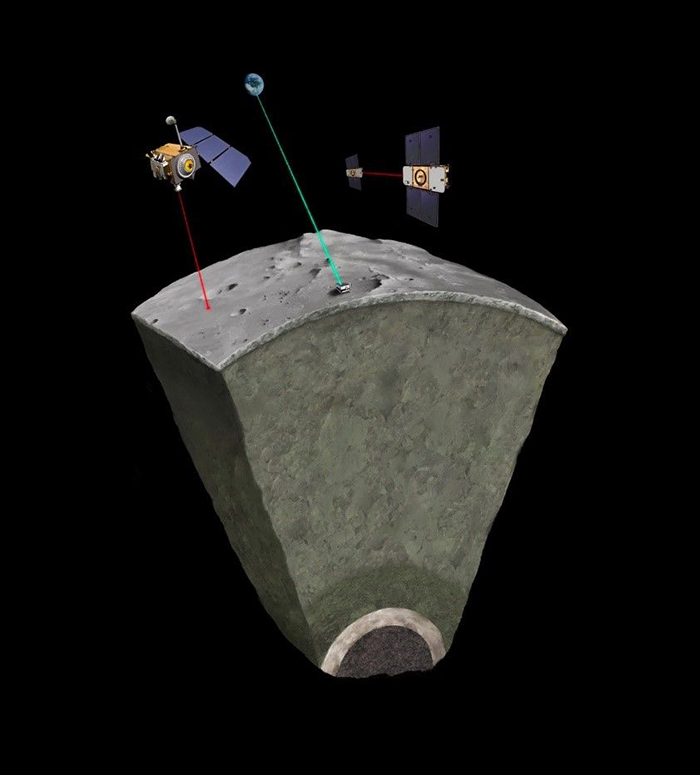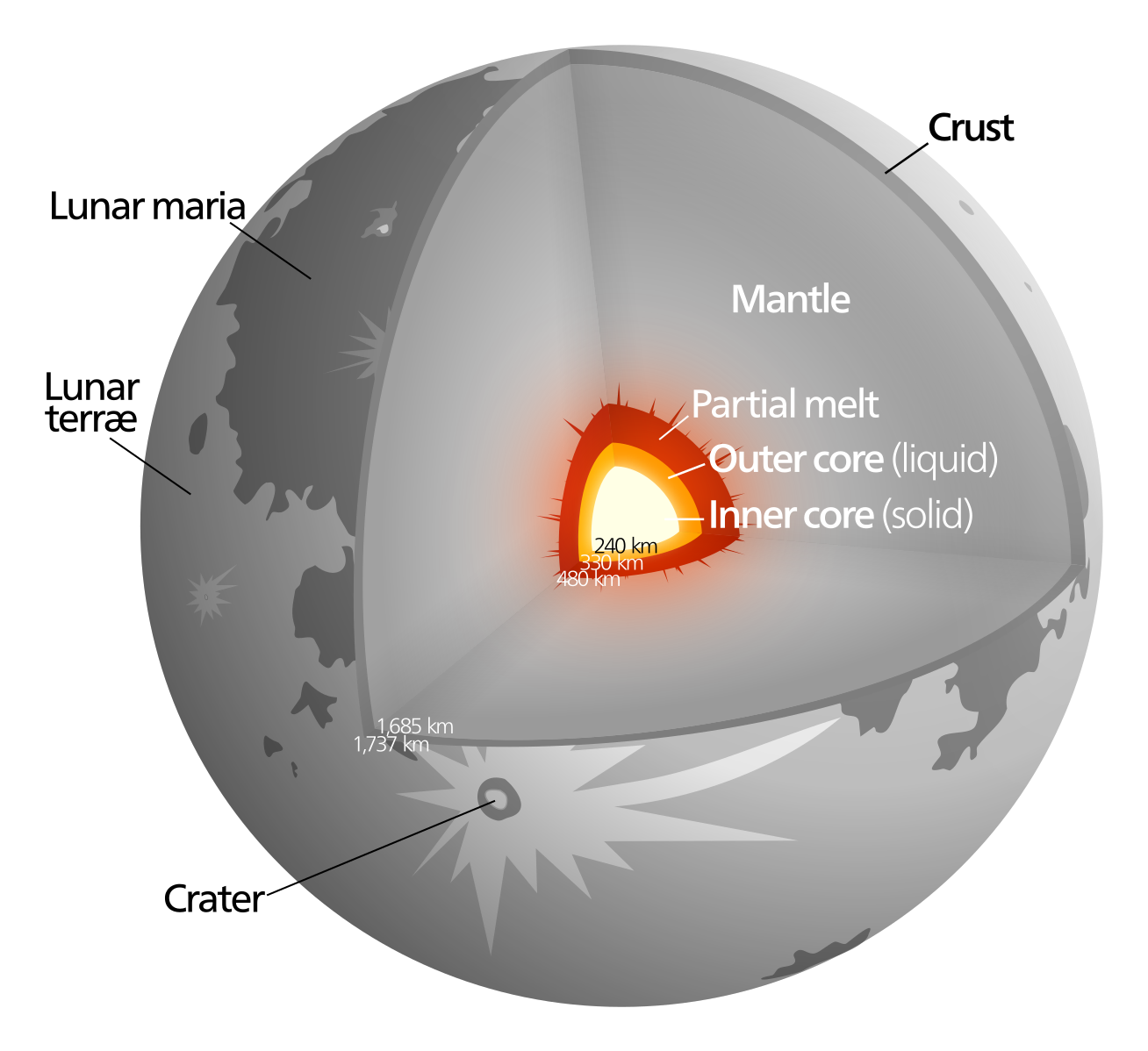Fifty years after Apollo 11’s historic lunar landing, scientists have unveiled a major discovery about the Moon’s internal structure.
Researchers from CNRS, Université Côte d’Azur, Côte d’Azur Observatory, Sorbonne Université, and Paris Observatory-PSL have confirmed that the Moon has a solid core, similar to Earth’s. This breakthrough provides deeper insights into the Moon’s composition and evolution, answering long-standing questions about its internal structure.
The discovery, published in Nature, also helps explain the presence of iron-rich materials in the Moon’s crust. Understanding the Moon’s core composition is crucial for unraveling its geological history and formation.
For decades, scientists have debated the nature of the Moon’s interior, but this latest research provides compelling evidence that the Moon’s core consists of both a solid inner core and a fluid outer core, much like Earth’s.
The confirmation of the Moon’s solid core is the result of decades of scientific speculation and advancements in research. While the Moon’s formation remains a topic of debate, its deep interior structure is now clearer than ever.

This new evidence supports the hypothesis that the Moon differentiated early in its history, with heavy materials sinking inward to form a core while lighter materials formed the outer crust.
About two decades ago, scientists identified the Moon’s fluid outer core. Now, they have detected its solid inner core, which has a diameter of approximately 500 kilometers. This inner core makes up about 15% of the Moon’s total size and is composed of metal with a density similar to iron. The presence of this solid core aligns with theories suggesting that the Moon once had a magnetic field, which has since diminished over time.
Previous studies relied on various methods, particularly those analyzing the Moon’s rotation, to confirm the existence of a fluid outer core. However, due to its smaller size and lack of direct seismic data, the solid inner core remained undetectable until now. The researchers used data from multiple space missions and lunar laser ranging techniques to identify the solid core’s presence with greater confidence.
Related Stories
Besides the discovery of the solid core, the scientists provided evidence supporting the hypothesis of material movement within the mantle, the intermediate layer between the core and the crust, during the Moon’s evolution.
This phenomenon, known as lunar mantle overturn, helps explain the presence of iron-rich elements on the Moon’s surface. How did this process occur?
The material could have risen to the surface, creating volcanic rocks that were deposited in the lunar crust. Later, materials too dense to remain on the surface sank back down to the core-mantle boundary.

This research significantly contributes to our understanding of the solar system’s history and explains certain events, such as the disappearance of the lunar magnetic field. Initially, the Moon’s magnetic field was a hundred times stronger than Earth’s current magnetic field, but now it is almost non-existent.
The findings not only solve longstanding mysteries about the Moon’s internal structure but also enhance our knowledge of the dynamic processes that shaped its evolution. As researchers continue to study the Moon, these discoveries provide valuable insights into the early conditions and processes that influenced the formation of celestial bodies in our solar system.
The moon’s core composition differs significantly from the Earth’s core in terms of size, composition, and state.
Size and Structure:
Composition:
State (Solid vs. Liquid):
Temperature:
Magnetic Field:
These differences reflect the distinct formation histories and evolutionary paths of the Earth and the moon. The Earth, being a larger and more geologically active planet, has retained more heat and has a more complex core structure compared to the relatively smaller and geologically quieter moon.
Note: Materials provided above by The Brighter Side of News. Content may be edited for style and length.
Like these kind of feel good stories? Get The Brighter Side of News’ newsletter.
The post Researchers surprised to discover what’s inside the moon’s core appeared first on The Brighter Side of News.